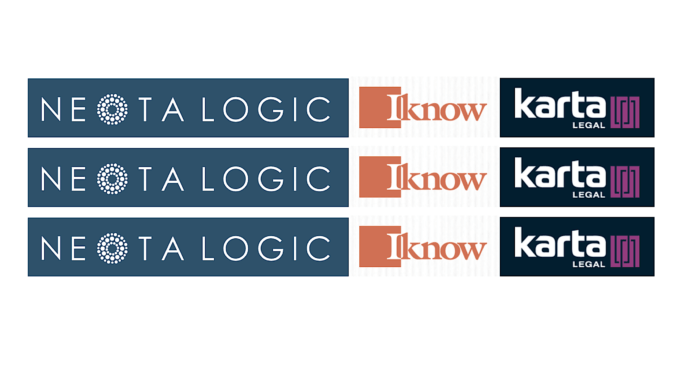
No-code platform, Neota Logic, has formed two partnerships to help expand its market reach, one with management consultancy, Karta Legal, the other with KM experts, Iknow.
Linking with consultancies to develop access to new clients is a well-established strategy for legal tech companies. The consultancies can help handle implementation for the end client, while Neota only has to supply its platform. The consultancies are also the ones doing the marketing to their own client bases, thereby generating new clients for Neota’s software in turn.
Karta Legal focuses on legal operations and law firm management and is looking to work with Neota on streamlining legal business processes with its clients. They will also be applying Lean Six Sigma and Agile LPM techniques to their projects.

Lourdes Fuentes Slater (pictured), CEO and Founder at Karta Legal, said: ‘The synergy between Neota and Karta Legal is clear. Process automation is top of mind for those at the forefront of legal innovation. We believe that all processes, before becoming automated, need to be designed and mapped out to reduce waste and increase efficiencies. By working together, Neota and Karta Legal bring the best of business to the practice of law.’
Kim Massana, CEO at Neota Logic, added: ‘We are delighted to partner with Karta Legal. We share a mission of streamlining business processes through automation and helping the legal industry work in a smarter way. Our new partnership means we are well placed to combine the very best skills, people and technology to offer our clients the bespoke solutions they need.’
Neota has also partnered recently with another US-based group, Iknow, a boutique KM consultancy. In the past it has built knowledge-focused applications for large commercial clients, federal and state governments, and major nonprofits/NGOs.
Bernard Palowitch, Jr., Iknow’s CEO and President, added: ‘We are excited to partner with Neota to create rules-based artificial intelligence solutions for our clients. We have expertise in reasoning, knowledge representation, natural language processing, pattern recognition, and machine learning approaches and tools.’